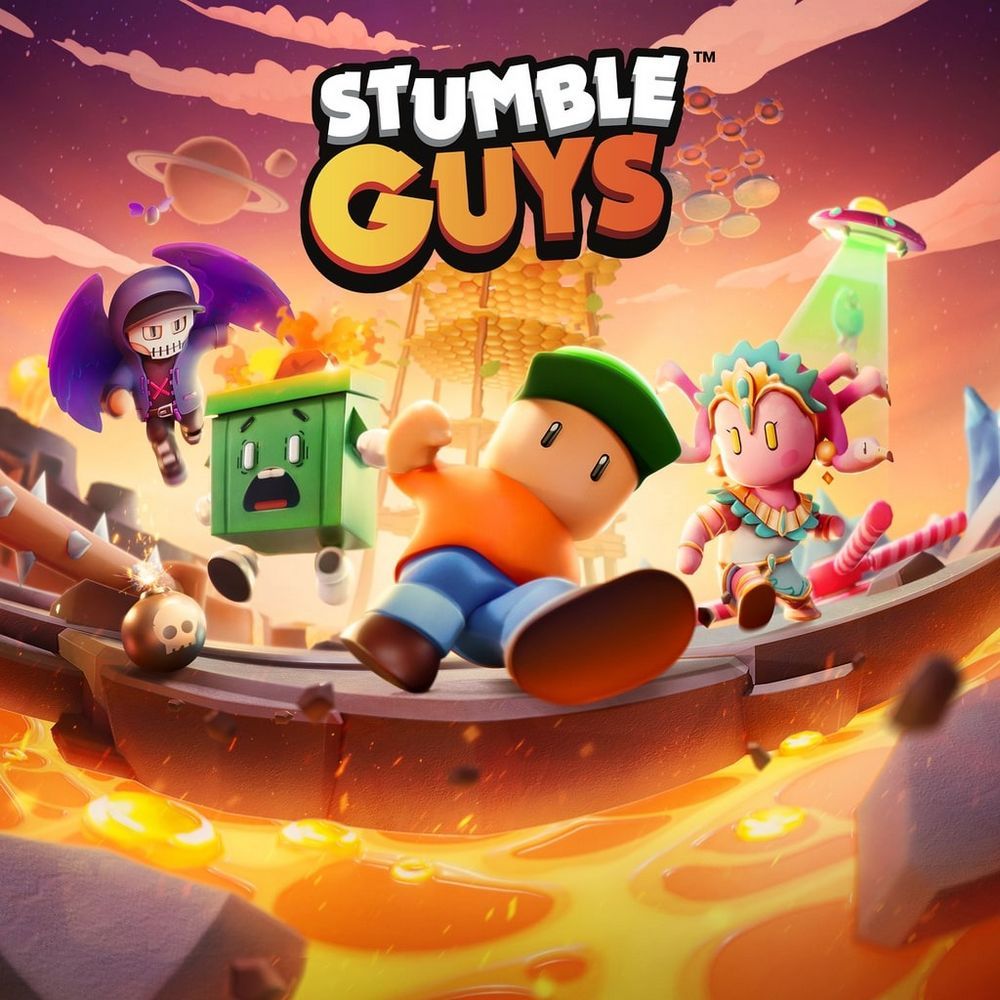
Stumble Guys
All trademarks belong to their respective owners. Get GameMastering the Meta: Leveraging Character Abilities and Emotes in Stumble Guys
While Stumble Guys is famously a game of physics-based chaos and often hilarious luck, a hidden layer of strategy exists within its seemingly simple mechanics. Beyond just navigating obstacle courses, savvy players subtly leverage character animations, emotes, and even the psychological aspect of their chosen skins to gain an edge. It’s not about “abilities” in the traditional sense of a battle royale like Free Fire or PUBG Mobile, but rather about mastering the nuances of your character’s movement, understanding visual cues, and sometimes, even using a well-timed emote to influence an opponent. Unpacking this “meta” of subtle advantages can differentiate a casual tumbler from a consistent qualifier, pushing you closer to that coveted Stumble Guys crown.
Character Abilities (The Unwritten Rules): Movement Mastery
Unlike games with explicit character skills, Stumble Guys’ “abilities” are inherent to the player’s mastery of movement and the game’s physics engine.
- The Power of the Dive: This is the closest Stumble Guys has to an “ability.” A precisely timed dive (pressing the jump button again in mid-air) is invaluable for:
- Extending Jumps: Clearing wider gaps or reaching distant platforms.
- Recovering from Tumbles: Sometimes, a quick dive can save you from falling off the map or help you regain balance after being hit by an obstacle.
- Sliding Under Obstacles: Essential on maps like Block Dash or Laser Tracer to quickly pass under low barriers.
- Momentum Boost: On flat ground or slopes, a dive can provide a small burst of speed, crucial for winning close races.
- Optimizing Ragdoll Recovery: While ragdolling is chaotic, skilled players learn to minimize recovery time. Landing on your feet quickly after a collision or fall is an “ability” developed through experience and muscle memory. The goal isn’t to avoid all stumbles, but to recover from them efficiently.
- Understanding Hitboxes and Collisions: Learning how your character’s hitbox interacts with obstacles and other players is key. Sometimes, staying slightly behind a group can prevent you from being pushed off. Other times, diving into a crowd can create an opening if you manage to bounce off them favorably.
- Subtle Speed and Turning: Different skins and animations don’t inherently grant speed boosts, but some players find that certain character models or lighter animations feel faster or more agile. This is often psychological, but confidence in your character can influence your playstyle.
The Psychological Warfare of Emotes
While primarily cosmetic, emotes can be used strategically, especially in the final rounds or in custom party games among friends.
- Taunting (Friendly or Fierce): A well-timed emote after qualifying or when an opponent stumbles can be a lighthearted taunt. In competitive scenarios, it can sometimes get into an opponent’s head, causing them to rush or make mistakes.
- Celebration: Using a victory emote after winning the crown is standard, but some players use them to celebrate qualifying in a difficult round, showcasing their achievement.
- Communication (Non-Verbal): In party play, emotes can sometimes serve as quick, non-verbal communication, though this is less common in public lobbies.
- Flexing Rare Cosmetics: Simply using a rare or exclusive emote can be a way to show off your collection and status within the game, particularly with Legendary or Special emotes.
The Visual Meta: Skins as Statements
Your choice of skin can subtly influence your own mindset and how others perceive you.
- Intimidation Factor: While purely cosmetic, some “cooler” or rarer skins might subconsciously make opponents perceive you as a more experienced player, potentially affecting their confidence.
- Blending In: Conversely, using a common or less flashy skin might make you less noticeable, allowing you to blend into the crowd more easily in early rounds.
- Personal Preference and Confidence: Playing with a skin you genuinely like can boost your confidence and enjoyment, which can translate into better gameplay. If you feel good, you play good.
- “Pay-to-Win” Perception: While Stumble Guys skins don’t offer direct stat boosts, the perception that Legendary or Evo skins (from other games) grant an advantage can sometimes influence players’ approach to those wearing them. In Stumble Guys, it’s purely visual, but the psychological impact can exist.
Leveraging Animations and Visual Cues
Beyond conscious actions, understanding the subtle visual language of the game is part of its “meta.”
- Reading Other Players: Observe how other players are moving. Are they rushing? Are they cautious? Sometimes, you can use other players as shields or learn from their mistakes by letting them go first.
- Obstacle Cues: Pay attention to the subtle visual and sound cues of obstacles. A slight wobble before a platform falls, a specific sound before a hammer swings – these details can help you time your movements.
- Camera Control: While minimal, subtly adjusting your camera can sometimes give you a better view of upcoming obstacles or the path ahead, helping you plan your next move.
In Stumble Guys, true mastery isn’t just about avoiding falls; it’s about understanding the chaotic dance of ragdoll physics, leveraging every nuance of your character’s movement, and even using the visual and psychological impact of your chosen cosmetics and emotes. There are no explicit “abilities” to activate, but by truly internalizing the game’s mechanics and subtle meta, you can transform from a tumbling novice into a Stumble Guys champion, consistently outplaying your opponents through skill, timing, and a touch of strategic flair.
Do you think Stumble Guys should introduce explicit character abilities, or does its current physics-based “unwritten” meta work better?